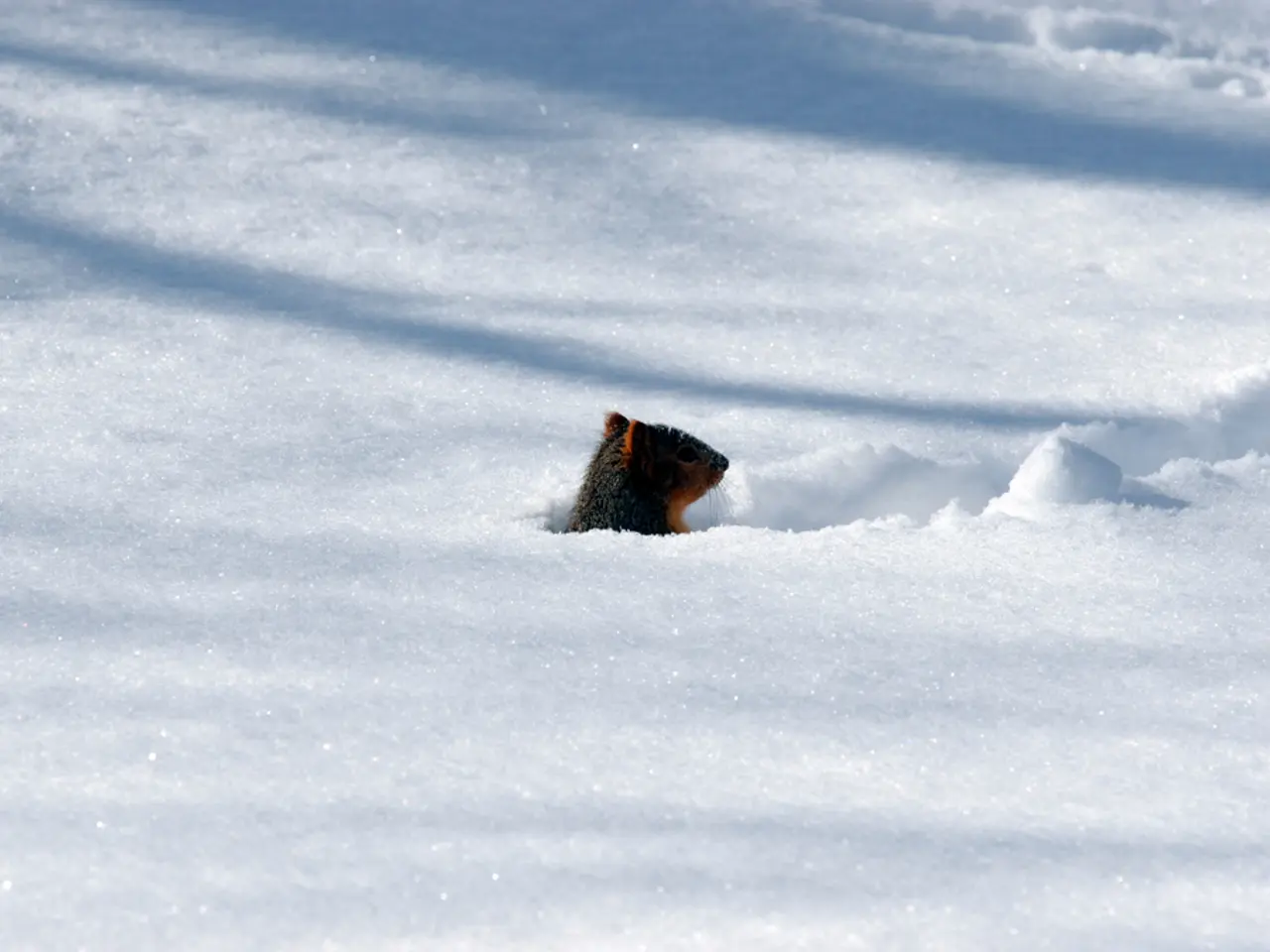Strategies for Composting during Cold Weather
As the temperature drops and winter approaches, keeping composters active and productive becomes a challenge. However, with the right strategies and suitable composters, it is possible to ensure year-round composting success.
To maintain an active compost pile during winter, focus on insulation, moisture management, aeration, pile size, and location. Insulate the compost pile using materials such as straw bales, cardboard, wood pallets, or a dark-coloured tarp to trap solar heat and protect the pile from excess moisture. Increase the size of the compost pile before winter, as larger piles better retain heat, sustaining the decomposition process despite cold temperatures.
Choose a sunny, sheltered spot for your compost bins to maximize warmth and protect them from chilling winds. Careful moisture management is crucial—too much moisture can cause nutrient loss and anaerobic conditions, while too little slows down microbial activity. Covering the pile with tarps or lids controls rain/snow moisture and turning the pile helps aerate and balance moisture levels.
Reduce the frequency of turning during severe cold to preserve internal heat but continue some aeration to avoid anaerobic conditions that inhibit microbes and cause odors. Use a compost thermometer to monitor internal temperatures, aiming for a range from about 10°F to 160°F to keep microorganisms active.
Consider indoor composting alternatives such as worm bins or bokashi systems if outdoor conditions become too harsh for active outdoor composting. Continue adding materials throughout winter even if decomposition slows; the pile will "wake up" in spring.
In addition to these best practices, using compost as mulch combined with other organic materials like straw or dried leaves can protect soil and plants while recycling nutrients during winter.
When it comes to composters, several options are suitable for winter use. The Worm Factory 360, a popular composter, is a great choice for indoor composting. The Hungry Bin, a continuous flow worm composter, is another excellent option for maintaining an active compost system year-round. For larger outdoor compost piles, consider the Aerobin 200 Insulated Composter, which has a capacity of 7 Cubic Foot (55 Gallon), or the Aeroplus 3-Stage Compost Bin, with a capacity of 21 Cubic Feet.
The EZ Compost Wizard Jr., a 7 Cubic Foot Compost Tumbler, is another great outdoor option. For a more stylish approach, opt for a Stainless Steel or Ceramic Compost Keeper. The Green Cone Solar Waste Digester is another eco-friendly alternative that utilises the power of the sun to break down waste.
By following these guidelines and choosing the right composter, you can ensure that your compost system remains active and productive throughout the winter months, resulting in nutrient-rich compost for your garden or plants.
Maintaining a sustainable living lifestyle during winter includes focusing on insulation and moisture management for your home-and-garden compost, using materials like straw bales or tarps for insulation. Additionally, by choosing a sunny and sheltered spot for your compost bins and carefully monitoring the pile's moisture and temperature, you can sustaine the decompostion process and maintain an active compost pile year-round.




